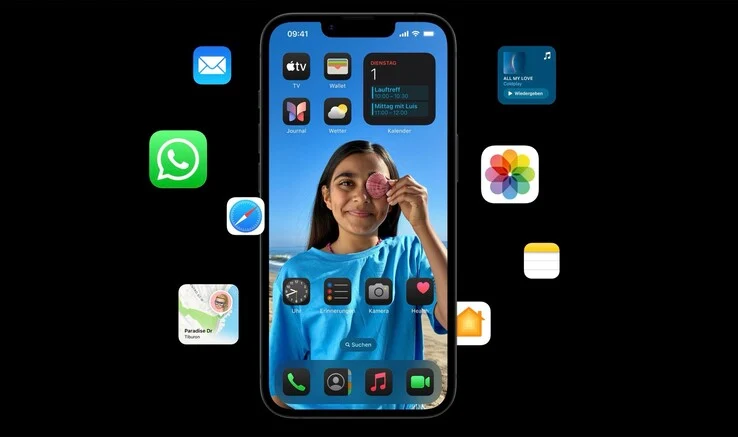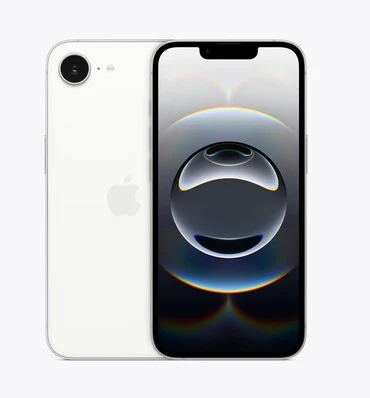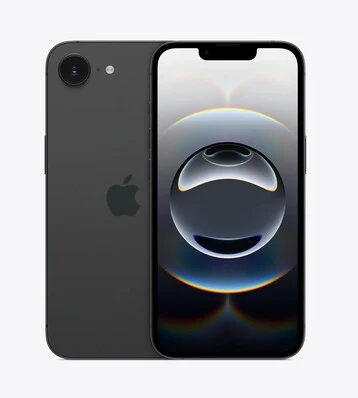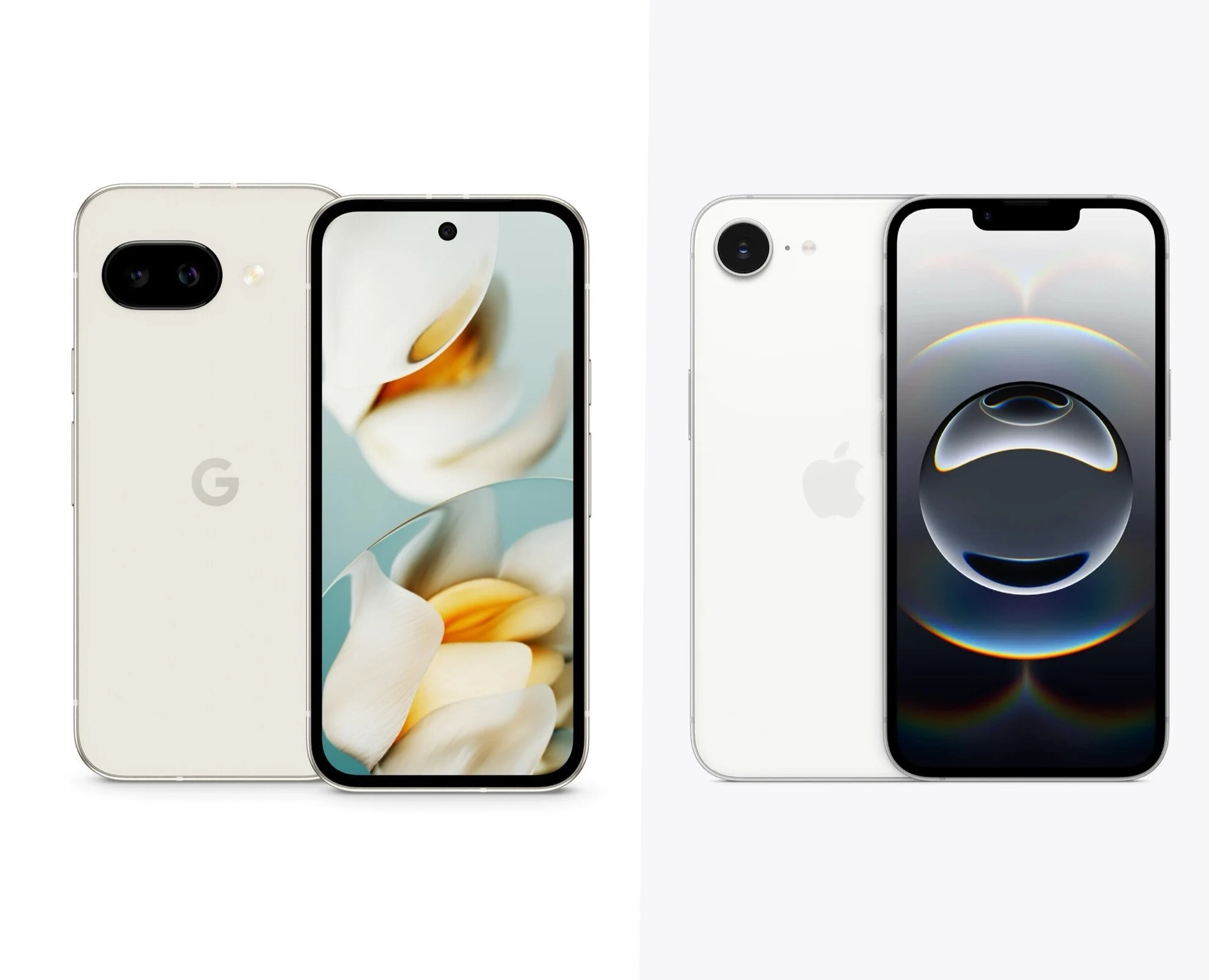Key Takeaways
1. The iPhone 16e is priced at $599, making it a budget-friendly option, but lacks several features like MagSafe charging and an ultra-wide-angle camera.
2. The Google Pixel 9a is expected to launch at $499, offering a lower price point and improved features, including a 120Hz OLED display.
3. The Pixel 9a is rumored to have a 13MP ultra-wide-angle camera, while the iPhone 16e has a single-lens configuration.
4. Both smartphones are waterproof and support USB-C and wireless charging; however, they differ in unlocking methods: the iPhone 16e uses 3D face recognition, and the Pixel 9a features a fingerprint sensor.
5. The iPhone 16e boasts a faster Apple A18 processor and a more premium build, while the Pixel 9a excels in display brightness and camera capabilities.
Apple has just revealed the new iPhone 16e today. This smartphone is meant to be a more budget-friendly option compared to the standard iPhone 16, starting at a price of $599. However, future users of the iPhone 16e will have to give up quite a bit. Features like MagSafe or Qi2 charging, an ultra-wide-angle camera, a dedicated camera shutter button, and the Dynamic Island are all absent.
Google Pixel 9a Price and Features
In contrast, the Google Pixel 9a is expected to launch in March, with prices beginning at $499. This makes Google’s mid-range device at least $100 less expensive than the iPhone 16e. The Pixel 9a also boasts significantly improved features in certain areas, while the iPhone 16e has its own strengths.
Comparing Specifications
Let’s take a closer look at the key technical specifications of these two mid-range smartphones. Note that the details about the Pixel 9a are based on rumors and may change when it is officially released.
On paper, the Google Pixel 9a holds two significant advantages over the Apple iPhone 16e. Firstly, it has a 120Hz OLED display, which not only refreshes twice as fast but is also over twice as bright, reaching a full-screen brightness of 1,800 nits and an HDR peak brightness of 2,700 nits. Secondly, it is anticipated that the Pixel 9a will feature a 13MP ultra-wide-angle camera that is absent from the iPhone 16e’s single-lens configuration.
Water Resistance and Unlocking Features
Both devices are waterproof and can be charged using USB-C or a wireless Qi charging pad. A notable difference is that the iPhone 16e offers 3D face recognition for unlocking, while the Pixel 9a uses a fingerprint sensor that is built into the display.
Moving on, the iPhone 16e does have two key advantages over the Google Pixel 9a. It includes a more premium chassis made from aluminum and glass, as opposed to plastic. Furthermore, according to our benchmarks, the Apple A18 processor is around 72% faster than the Google Tensor G4.
In the end, the choice between the iPhone 16e and the Google Pixel 9a will likely hinge on which operating system the user prefers. Shoppers who are comfortable with both Android and iOS will have a challenging decision to make, weighing the superior performance of the iPhone 16e against the notably better display and extra camera capabilities of the Pixel 9a.
Source:
Link





Leave a Reply